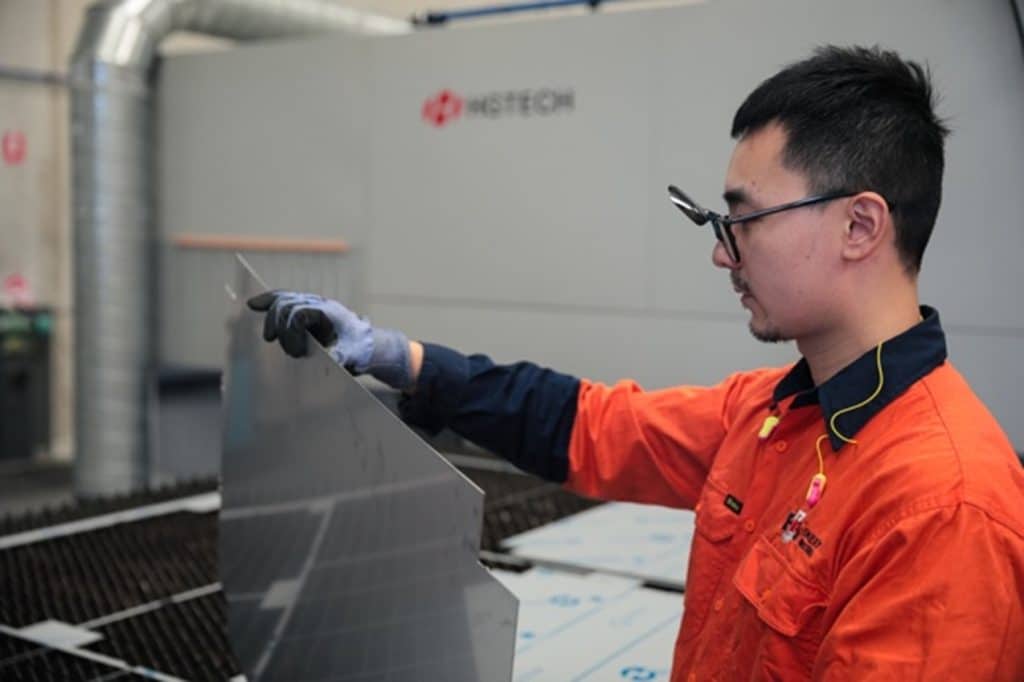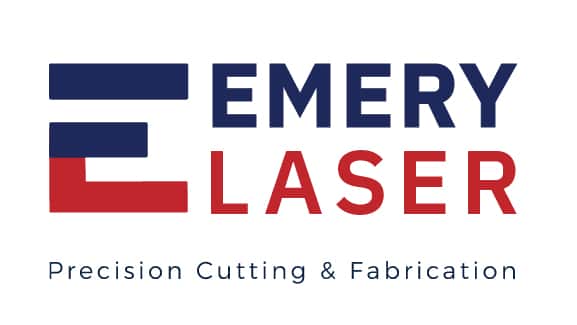How to Choose the Right Material for Laser Cutting Projects
Choosing the right material for a laser cutting project is essential to achieving superior cut quality, durability, and cost-effectiveness. This guide explores key differences between stainless steel, aluminium, and mild steel, important material characteristics, and sustainable sourcing strategies, equipping professionals to make the best choice for any project.
Comparing Common Laser Cutting Materials
- Stainless Steel: Known for its corrosion resistance, strength, and sleek finish, stainless steel is ideal for projects needing a modern appearance and longevity. It has moderate thermal conductivity and low reflectivity compared to aluminium, making it well-suited for most commercial laser cutting machines.
- Aluminium: Lightweight, corrosion-resistant, and highly reflective, aluminium requires careful parameter adjustment—especially on CO₂ lasers due to reflectivity. It’s popular for lightweight brackets, decorative panels, and architectural screens. However, aluminium dissipates heat quickly, which can affect the cut edge and tolerances.
- Mild Steel: Cost-effective and easy to cut, mild steel is a go-to for structural components. It’s less reflective, allowing for high-quality cuts on a wide range of machines. However, it is less corrosion-resistant, requiring post-cut treatment for outdoor or visible applications.

Material Factors Affecting Laser Cutting
- Thickness: Thicker materials require more laser power, may reduce cut speed, and increase edge roughness. Maximum thickness varies with laser type: fibre lasers handle metals better and thicker than CO₂ lasers.
- Thermal Conductivity: Materials like aluminium draw heat away quickly; without proper settings, this can leave burrs or uneven edges.
- Reflectivity: Aluminium and copper alloys reflect more laser energy. Fibre lasers are better equipped for these compared to CO₂ lasers, minimising the risk to equipment.
- Structural Properties: Material hardness and tensile strength can influence cutting speed, edge quality, and post-cut processing needs.
Best Material Choices by Application
- Decorative Panels: Stainless steel and aluminium offer the best aesthetic finishes and corrosion resistance.
- Brackets: Aluminium for lightweight needs, or mild steel for structural applications.
- Structural Components: Mild steel’s strength and affordability are ideal for frameworks and supports.
- Signage: Stainless steel is unrivalled for polished signs in demanding environments; aluminium offers design flexibility for intricate logos and shapes.
Tips for Adapting CAD Designs for Laser Cutting
- Obtain detailed material specifications (thickness, type, finish) early.
- Design in vectors, using line thicknesses and kerf compensation tailored to the material chosen.
- Use appropriate tolerances; for instance, slots in thicker steel require looser fits due to laser beam tapering.
- Simplify features like small holes, as some materials may warp or lose accuracy on fine details.
- Communicate material changes promptly to clients or fabricators, updating design files as necessary.
Consult Laser Cutting Professionals Early
Early consultation with a laser cutting expert saves time, reduces waste, and ensures your design suits the material and machinery. Professionals help optimise layouts, spot CAD issues early, and recommend the best cutting process — reducing costly rework.
Need guidance on your next laser cutting job? Get in touch with our team today: www.emerylaser.com.au/contact
Sources
- Guide to Choosing the Right Material for Laser Cutting Projects
- Material Selection in Laser Cutting – Comparative Factors
- Australian Metal Industry and Sustainable Sourcing Practices
